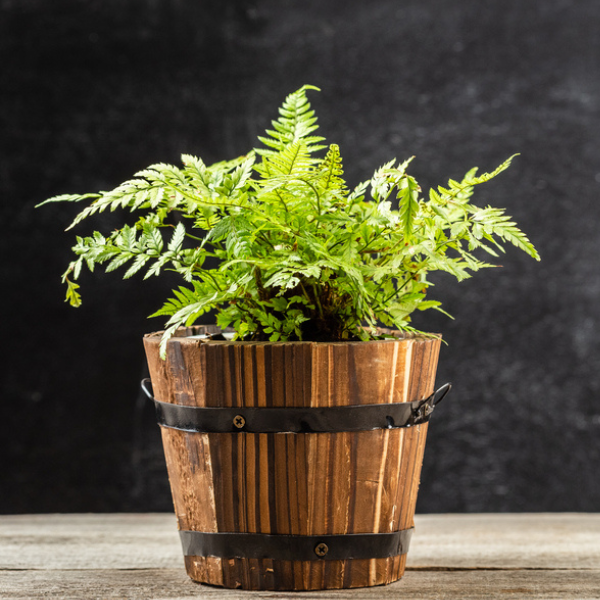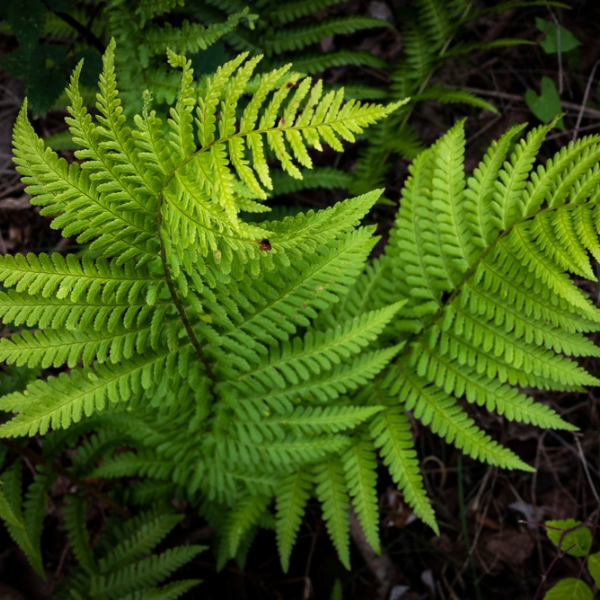How about a shady spot in your lawn where nothing will grow? Looking for a pretty plant to put here? The lady fern is your best bet. These beautiful, trailing plants are able to survive in poor soil while others die. The lady fern stands out thanks to its textured fronds, which are beautiful and refined.
The fronds of this plant are a brilliant green during the summer, but they change to a golden yellow when cold threatens. The stems of lady ferns can be any of three colors—green, red, or purple. Due to the many tiny leaflets they support, lady ferns look like they are made of feathers or delicate lace.
Optimal Growing Conditions For Lady Ferns
All lady ferns need a lot of water to thrive. However, ferns do have a major flaw that keeps them from being the ideal plant. Getting too dry causes them to shrivel up, turn brown, and seem dead.
Lady ferns are beautiful additions to any home garden, but they have certain light and drainage requirements. Lady fern thrives on moist, well-drained sandy soil in partial shade. When other plants can't make it in the shadow, lady ferns are a great option for mass planting. Look for a site that is shaded from the sun during the hottest parts of the day.
Herbivore dung (from cows, sheep, goats, horses, and llamas) and peat moss, or garden compost, peat moss, and horticultural sand, should be mixed in a ratio of 2:1:1. Since most garden plants are sensitive to salt, beach sand should be avoided.

Care & Maintenance
Lady fern is a low-maintenance bush for well-drained, shaded gardens. Once established, these ferns require little care and are resistant to pests and diseases. Consider soil and sunlight while placing ferns. Too much light or water will kill them if you plant them near flowers. Choose sandy, wet, well-draining soil with little sunshine. These plants grow in forests, wetlands, meadows, ravines, and streams. Imitate these settings.
Don't over wet the soil. Lady ferns recover well from neglect, so don't worry if you forget to water them. First frost kills foliage. Remove the foliage now. Spring brings new foliage. Lady ferns don't need pruning or other care.
Propagating Lady Ferns
Dig around the base of your fern in a circular motion using a garden fork to separate the rhizomes and the roots. Raise your fern above the ground and give it a light shake to remove any excess soil so you can examine the rhizomes. When dividing the rhizomes, you can either use your fingers or a sharp knife. Check to see that each piece has healthy foliage.
You can adjust the soil by adding compost or some other type of organic material, and then plant your new ferns in a place that gets plenty of shade and has good drainage. It is important to keep the soil hydrated, but not soaked.

Repotting Lady Ferns
Lady ferns can be cultivated in containers indoors and outdoors, but it's difficult to recreate their humid, damp conditions indoors. Dry indoor air bothers them.
Keep a lady fern indoors away from breezes and vents and spray daily. This plant increases humidity when placed near a sink, in a bathroom, or on a pebble tray. Lady ferns love small pots despite growing large. When rhizomes won't fit, divide them. Choose a container with adequate drainage to grow lady ferns outdoors. Use fern-specific potting media.

